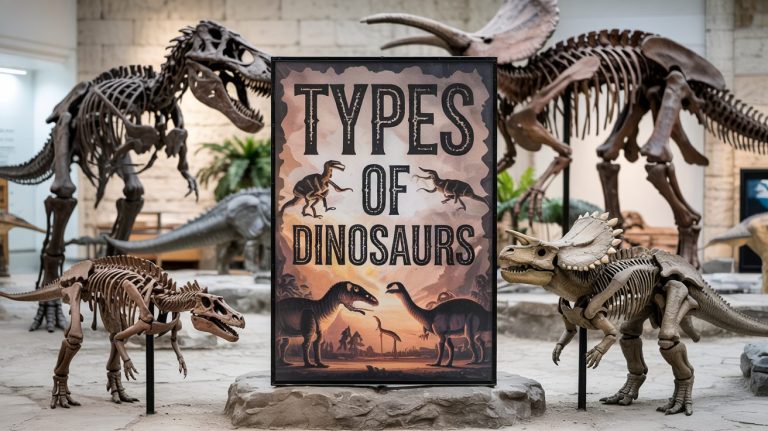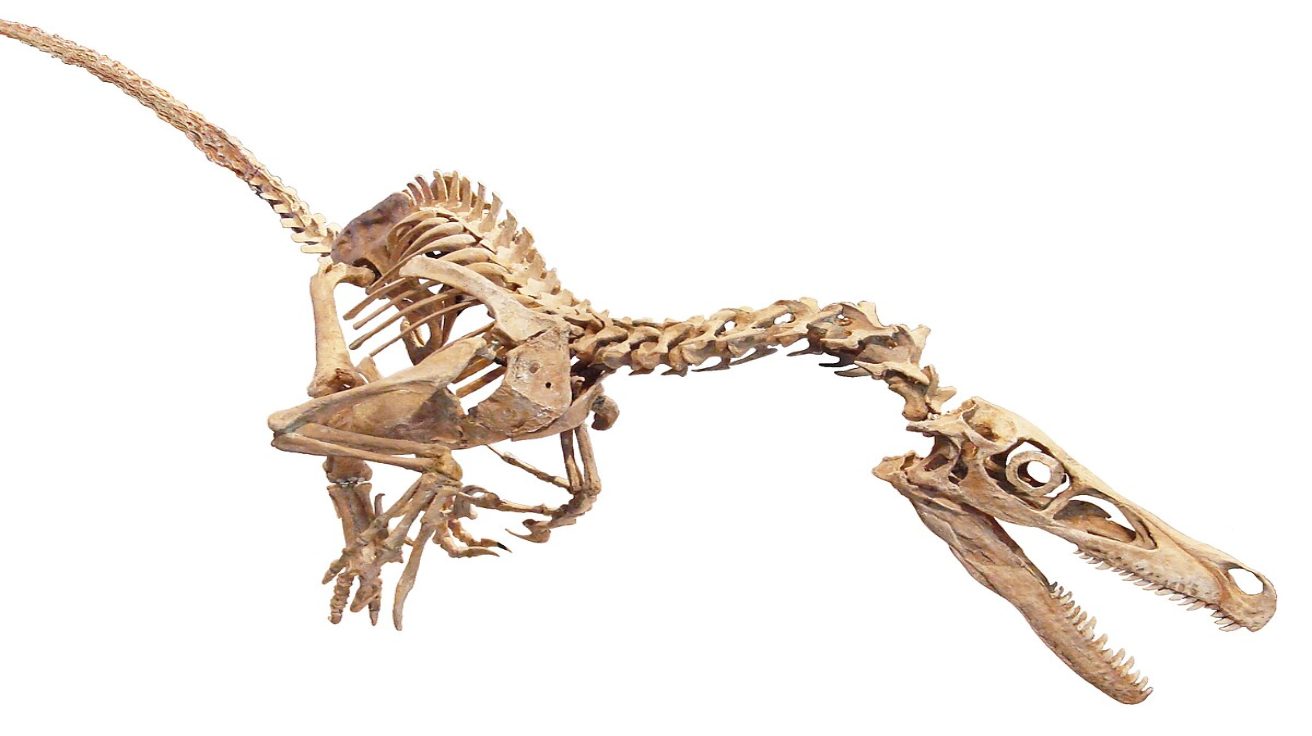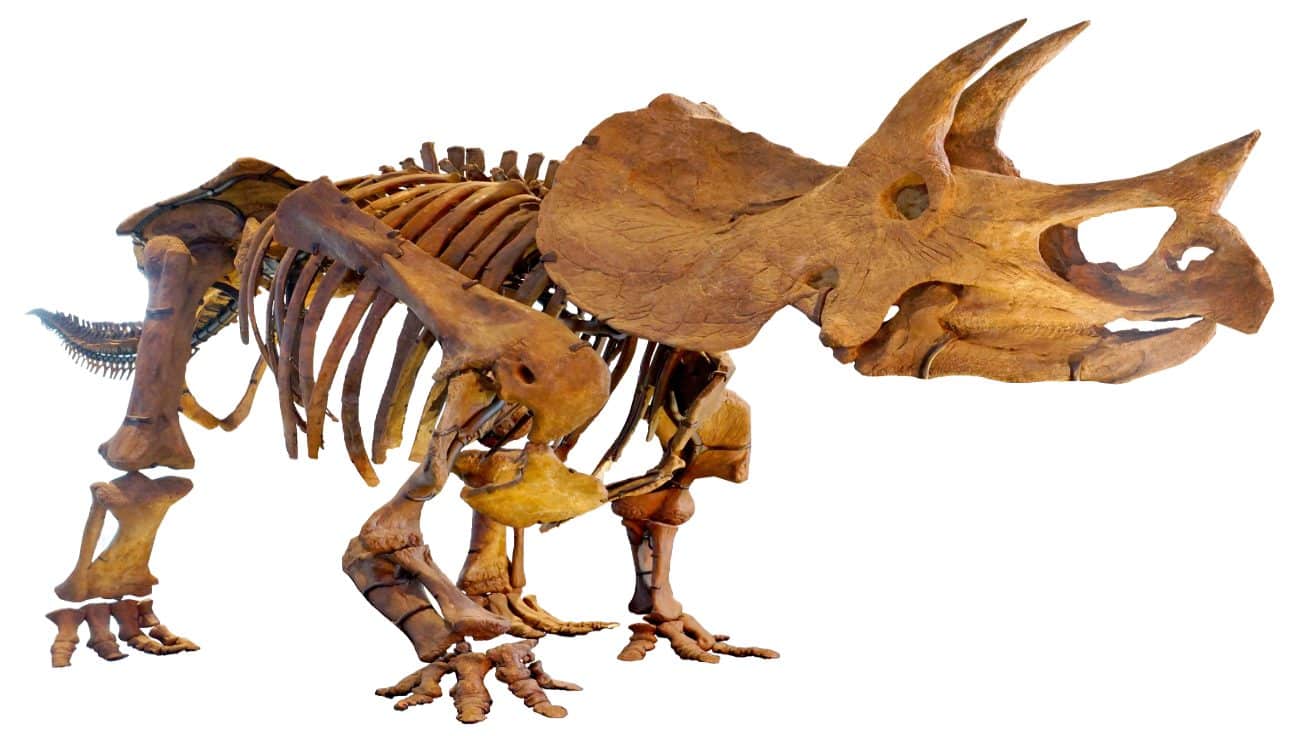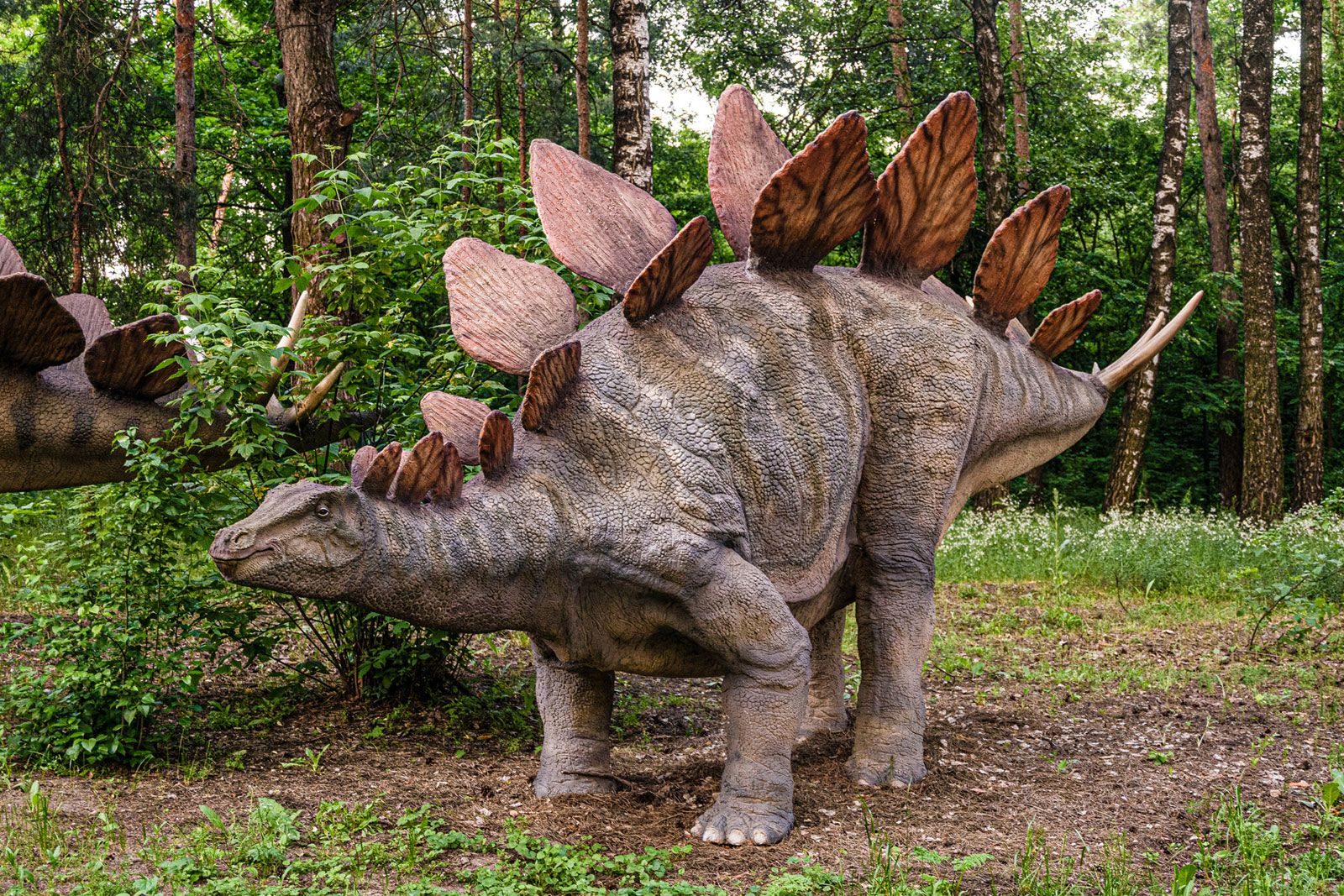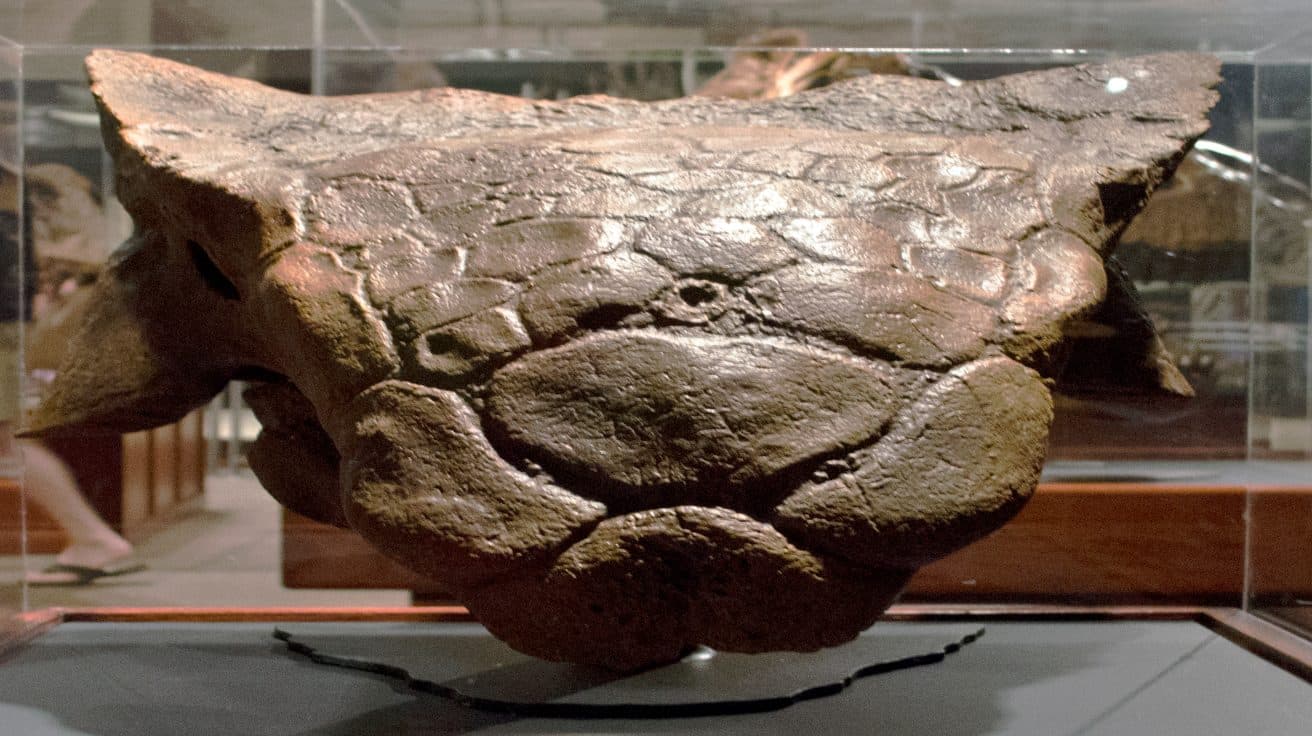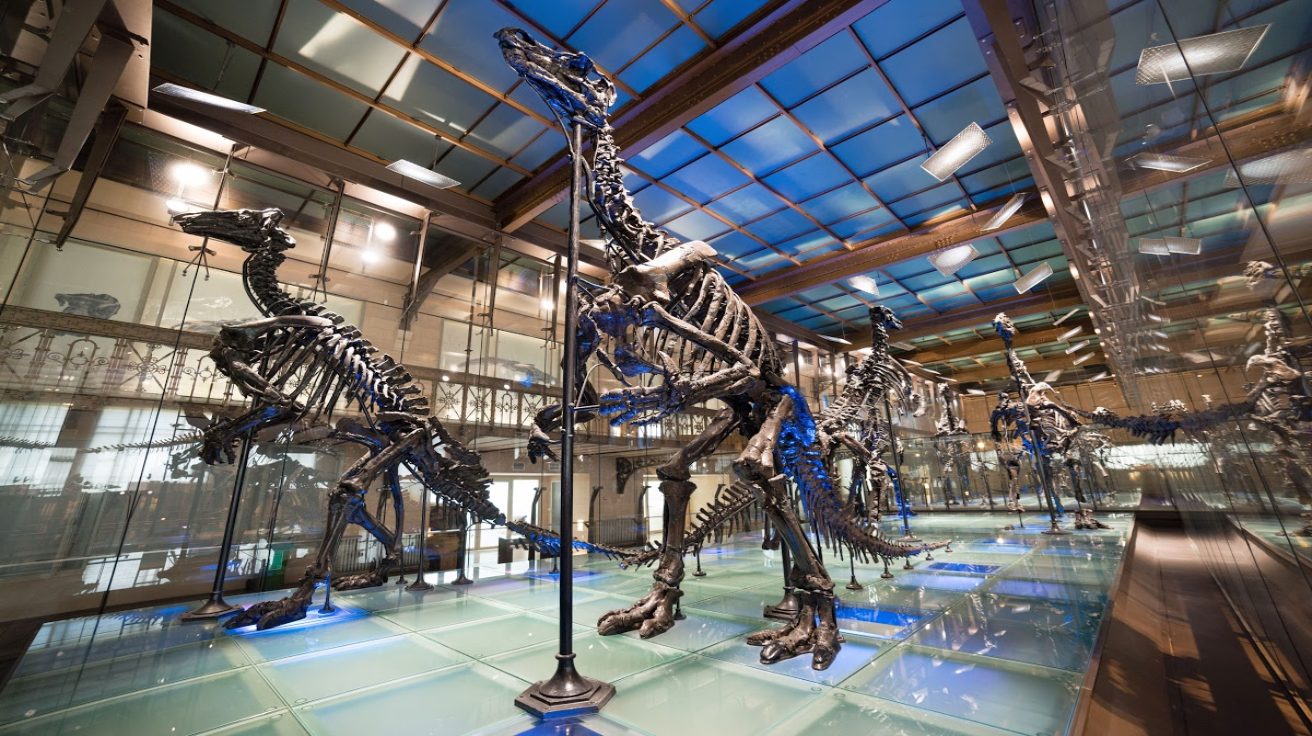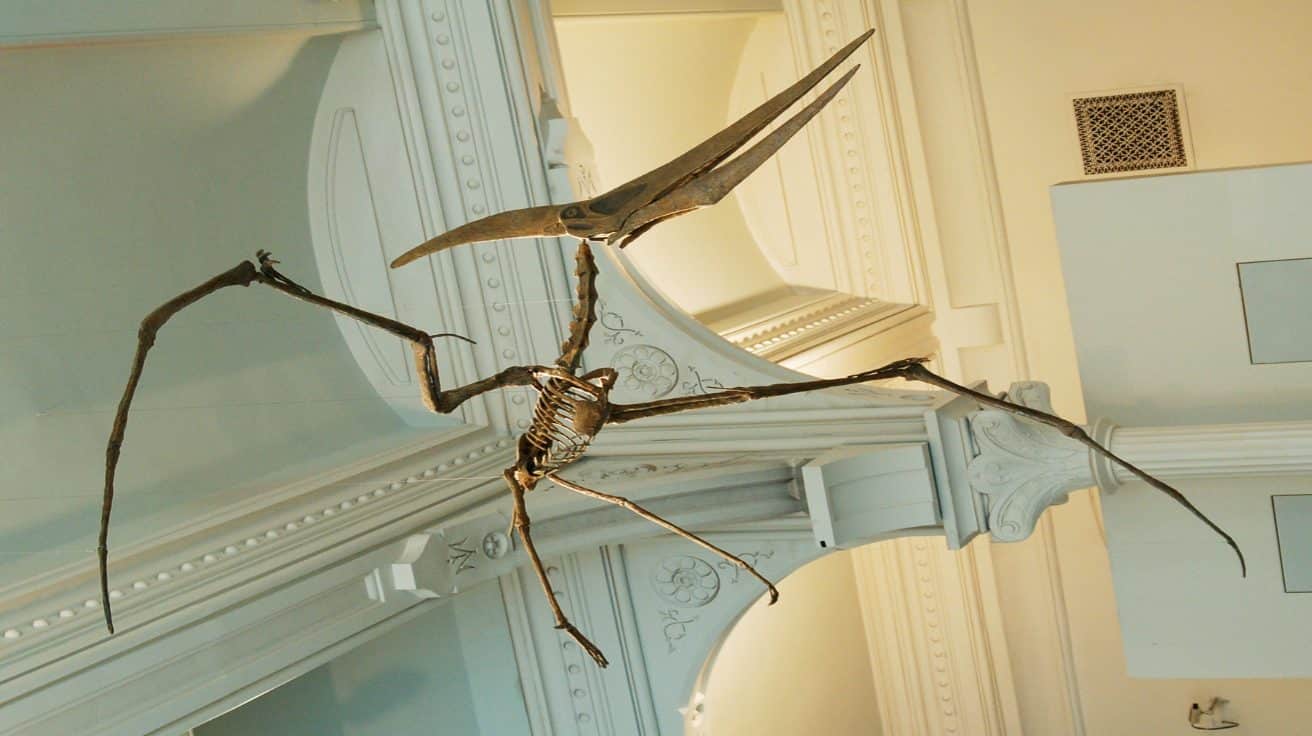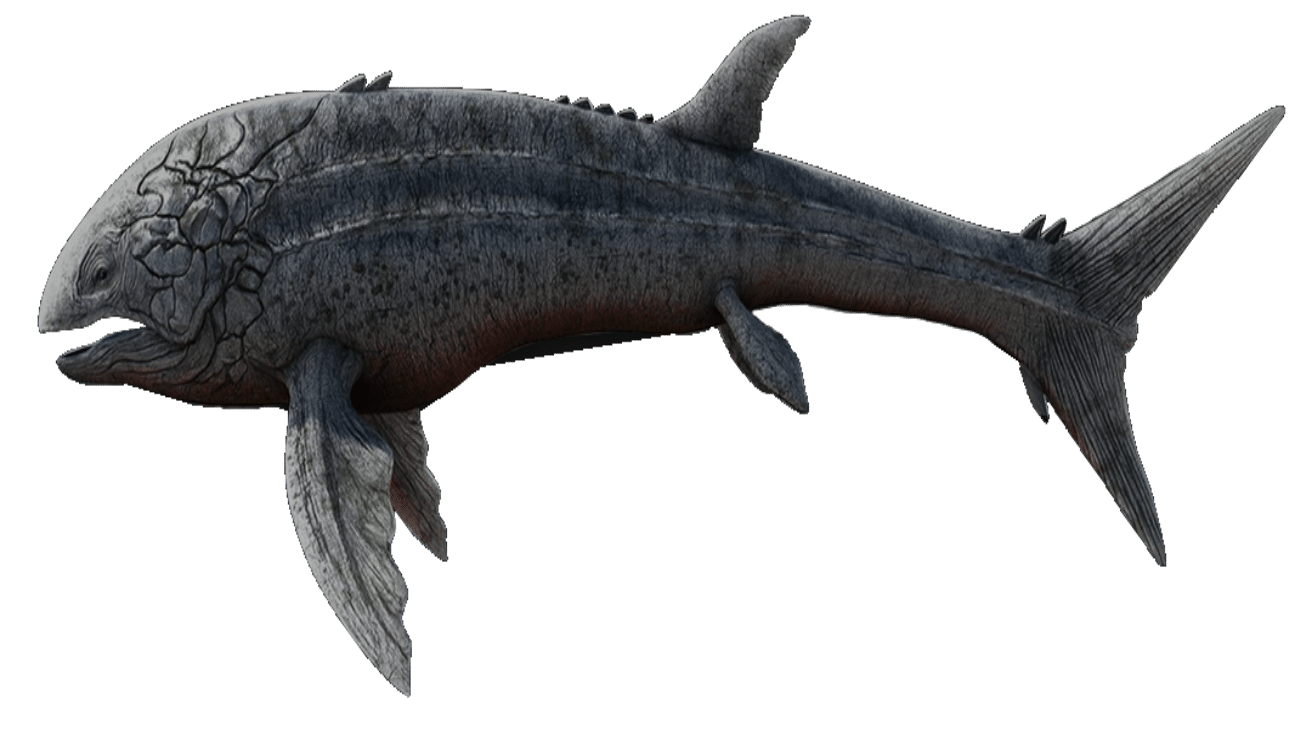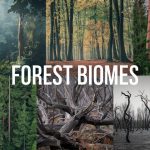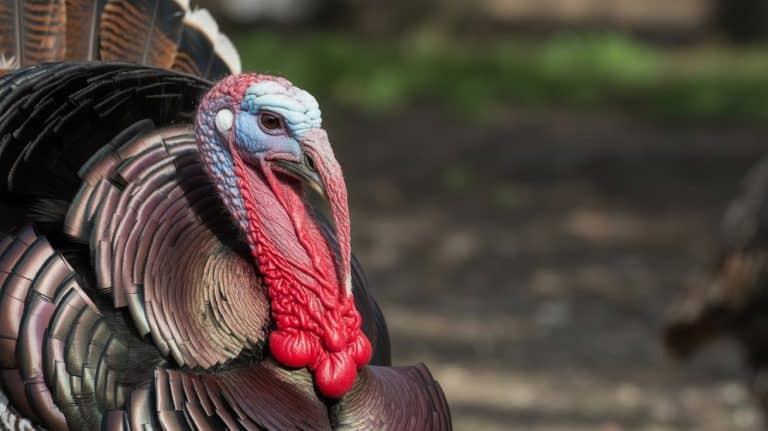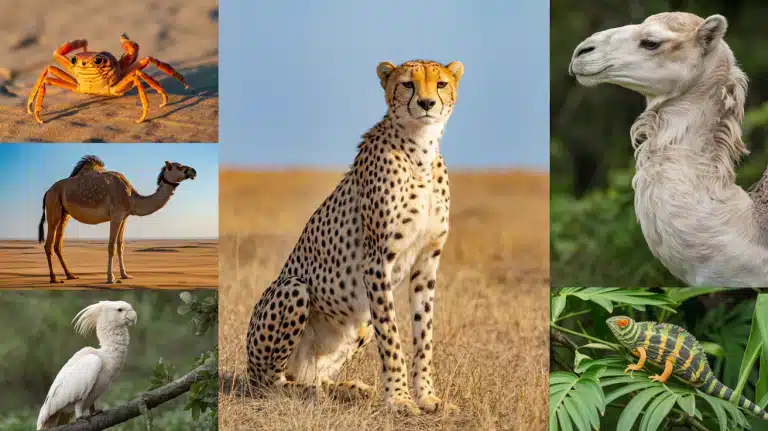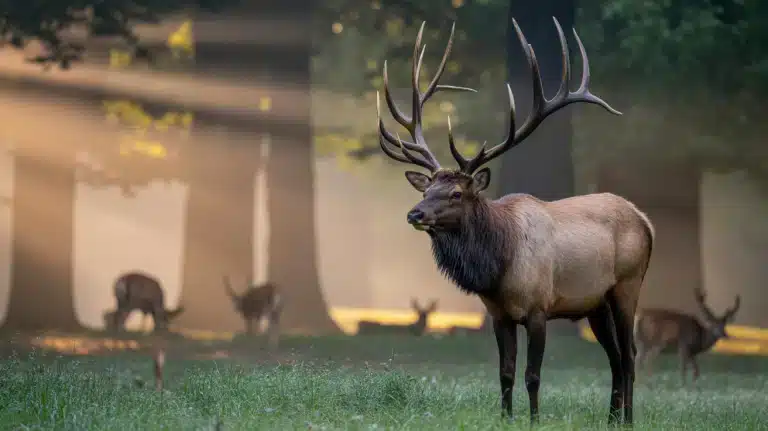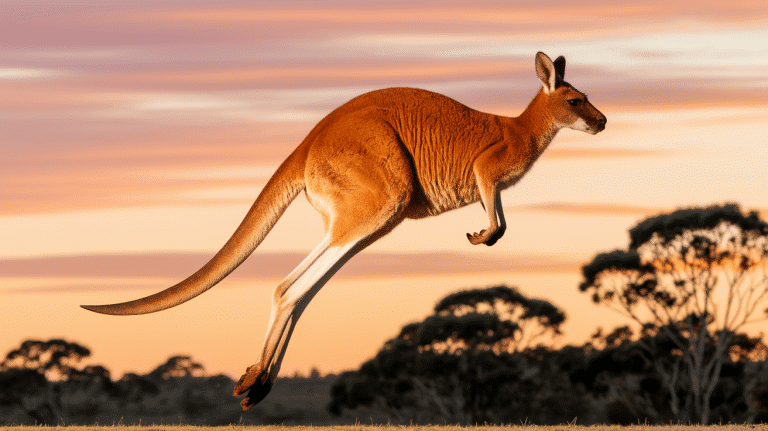Ever felt the weight of history beneath your feet? Imagine walking beside giants who ruled Earth for over 165 million years. The world of dinosaurs stirs something primal in us – wonder, fear, curiosity.
When we gaze at the fossils of these colossal creatures, we’re transported back to a time beyond comprehension. The titans in our collection would make modern elephants look like household pets.
These weren’t just big lizards – they were complex beings with varied diets, social structures, and hunting strategies. What drives our curiosity with these long-gone rulers?
Perhaps it’s the thrill of uncovering secrets from a world so different yet connected to our own. Ready to meet the most massive creatures that ever walked our planet?
The Diversity of Dinosaur Types
When paleontologists study fossils, they uncover evidence of incredible diversity. Dinosaurs ruled Earth through three distinct periods—Triassic, Jurassic, and Cretaceous—each with unique species.
Size was a defining trait, ranging from the tiny Compsognathus to the immense Argentinosaurus weighing up to 70 tons.
Diet created clear distinctions too: plant-eaters with grinding teeth, meat-eaters with sharp claws, and those flexible enough to eat both. Four distinct groups dominated prehistoric ecosystems:
- Lizard-hipped saurischians (long-necked plant-eaters and sharp-toothed predators)
- Bird-hipped ornithischians (frilled, plated, and horned defenders)
- Sky rulers (winged Pterosaurs with hollow bones)
- Ocean dwellers (streamlined hunters of ancient seas)
These creatures didn’t just exist—they thrived for over 165 million years, shaping Earth’s history in ways we’re still unveiling today.
Lizard-Hipped Saurischians (Saurischian Dinosaurs)
This group of dinosaurs, known for their lizard-like hip structure, includes some of history’s most famous predators. These creatures dominated as both fearsome hunters and long-necked plant-eaters.
1. Tyrannosaurus Rex
The Tyrannosaurus rex was one of the largest land carnivores to ever live, renowned for its massive size, powerful jaws, and its role as the apex predator of its time.
Scientific Name: Tyrannosaurus rex
Origin: North America (primarily found in the western United States)
Habitat: Lived in forests and floodplains during the Late Cretaceous Period.
Diet: Carnivore (apex predator, primarily hunted large herbivores)
Fun Facts:
- Despite its fearsome reputation, T. rex had relatively small arms, each with only two fingers.
- T. rex had one of the most powerful bites of any terrestrial animal, capable of exerting over 12,000 pounds of force.
2. Velociraptor
Velociraptor was a small, fast predator that hunted in packs, known for its sharp claws and feathers, challenging the traditional view of dinosaurs as reptilian and cold-blooded.
Scientific Name: Velociraptor mongoliensis
Origin: Central Asia (mainly Mongolia and China)
Habitat: Lived in deserts and semi-arid environments during the Late Cretaceous Period.
Diet: Carnivore (likely hunted in packs)
Fun Facts:
- Velociraptor was much smaller than portrayed in movies, standing only about 2 feet tall and measuring around 6.5 feet long.
- This dinosaur is believed to have had feathers, making it one of the earliest known dinosaurs with this trait.
3. Giganotosaurus
One of the largest theropods, Giganotosaurus was a fearsome predator that dominated the Late Cretaceous period, known for its size and speed, rivaling the Tyrannosaurus rex.
Scientific Name: Giganotosaurus carolinii
Origin: South America (Argentina)
Habitat: Lived in forests and plains during the Late Cretaceous Period.
Diet: Carnivore (large herbivores and other theropods)
Fun Facts:
- Giganotosaurus was one of the largest theropods, rivaling Tyrannosaurus rex in size, reaching lengths of up to 43 feet.
- Despite its large size, Giganotosaurus was likely faster than most other giant theropods, with estimates suggesting it could run at speeds of up to 31 miles per hour.
4. Allosaurus
Allosaurus was a large carnivorous dinosaur that dominated the Late Jurassic period, known for its powerful bite, large teeth, and the ability to hunt in packs or solo.
Scientific Name: Allosaurus fragilis
Origin: North America, Europe (primarily found in the United States and Portugal)
Habitat: Lived in forests and plains during the Late Jurassic Period.
Diet: Carnivore (apex predator, hunted smaller dinosaurs)
Fun Facts:
- Allosaurus had a large, curved claw on each hand, likely used to capture prey.
- This dinosaur is one of the most well-known Jurassic theropods and was a dominant predator during its time.
5. Carcharodontosaurus
Carcharodontosaurus was one of the largest and most powerful theropods of its time, known for its “shark-toothed” design, which helped it prey on massive herbivores.
Scientific Name: Carcharodontosaurus saharicus
Origin: North Africa (found in Morocco, Algeria, and Egypt)
Habitat: Lived in coastal and riverine environments during the Mid Cretaceous Period.
Diet: Carnivore (large herbivores)
Fun Facts:
- Carcharodontosaurus had teeth similar to those of modern sharks, hence the name “shark-toothed lizard.”
- This dinosaur was one of the largest theropods, measuring up to 40 feet long and weighing around 15 tons.
Bird-Hipped Ornithischians (Ornithischian Dinosaurs)
6. Triceratops
Triceratops was a large herbivorous dinosaur known for its three facial horns and frilled neck. It was one of the last and most iconic horned dinosaurs of the Late Cretaceous period.
Scientific Name: Triceratops horridus
Origin: North America (primarily found in the western United States)
Habitat: Lived in forests and plains during the Late Cretaceous Period.
Diet: Herbivore (fed on shrubs and low-lying plants)
Fun Facts:
- Triceratops had a large bony frill on its neck that was likely used for protection or display.
- Its three horns (two above the eyes and one on the nose) may have been used in combat with other Triceratops or predators.
7. Stegosaurus
Stegosaurus is known for its distinctive double row of large, plate-like structures along its back and the spikes on its tail, which it likely used for defense.
Scientific Name: Stegosaurus stenops
Origin: North America (primarily found in the western United States)
Habitat: Lived in forests and river valleys during the Late Jurassic Period.
Diet: Herbivore (fed primarily on plants and low-lying vegetation)
Fun Facts:
- Despite its large size, Stegosaurus had a very small brain compared to its body size, often joked about being “the size of a walnut.”
- The plates on its back may have been used for temperature regulation or mating displays.
8. Ankylosaurus
Ankylosaurus was a heavily armored herbivorous dinosaur known for its thick, bony plates covering its body and a massive club at the end of its tail, used for defense.
Scientific Name: Ankylosaurus magniventris
Origin: North America (primarily found in the western United States and Canada)
Habitat: Lived in forested areas and river valleys during the Late Cretaceous Period.
Diet: Herbivore (fed on low-lying plants and shrubs)
Fun Facts:
- Ankylosaurus had a club at the end of its tail that could be swung to ward off predators.
- Its body was covered in thick, bony armor, making it one of the most heavily protected dinosaurs.
9. Rhabdodon
Rhabdodon was a small herbivorous dinosaur from the Late Cretaceous period. It is recognized for its primitive, bird-like features and adaptations for a herbivorous diet.
Scientific Name: Rhabdodon priscum
Origin: Europe (found in France and Spain)
Habitat: Lived in coastal and forested areas during the Late Cretaceous Period.
Diet: Herbivore (fed on plants)
Fun Facts:
- Rhabdodon is considered one of the early forms of “duck-billed” dinosaurs.
- It had a unique set of teeth suited for grinding plants, indicating it was a specialized herbivore.
10. Iguanodon
Iguanodon was one of the first dinosaurs to be named and was notable for its large thumb spikes used for defense. It is also known for its adaptation to both bipedal and quadrupedal movement.
Scientific Name: Iguanodon bernissartensis
Origin: Europe (primarily found in Belgium and the United Kingdom)
Habitat: Lived in forests and swampy areas during the Early Cretaceous Period.
Diet: Herbivore (fed on plants, including cycads and conifers)
Fun Facts:
- Iguanodon had large thumb spikes that could have been used to defend itself against predators.
- It was one of the first dinosaurs to be recognized as a distinct group due to the discovery of its fossilized teeth in the early 19th century.
Flying Dinosaurs (winged Pterosaurs with Hollow Bones)
While not true dinosaurs, these flying reptiles shared the prehistoric skies during the dinosaur age.
With hollow bones and wing membranes stretched across elongated fingers, these remarkable creatures ranged from small gliders to giants with wingspans wider than small aircraft.
11. Pteranodon
Pteranodon was a large pterosaur with a wingspan that could exceed 30 feet. It is one of the most famous flying reptiles, often depicted in popular media for its impressive size and beak.
Scientific Name: Pteranodon longiceps
Origin: North America (primarily found in the western United States)
Habitat: Lived along coastlines, likely feeding on fish during the Late Cretaceous Period.
Diet: Piscivore (fish-eating)
Fun Facts:
- Pteranodon had a long, toothless beak, ideal for catching fish.
- Its wingspan could reach up to 33 feet, making it one of the largest pterosaurs ever discovered.
12. Quetzalcoatlus
Quetzalcoatlus is one of the largest known flying animals to have ever lived, with an estimated wingspan of 36 feet. It was a member of the Pterosaur group and roamed the skies during the Late Cretaceous.
Scientific Name: Quetzalcoatlus northropi
Origin: North America (found in what is now Texas)
Habitat: Lived in coastal regions, often associated with floodplains and inland areas during the Late Cretaceous Period.
Diet: Carnivore (fed on small vertebrates, fish, and possibly scavenged carcasses)
Fun Facts:
- Quetzalcoatlus was so large that it could walk on the ground like a giant bird, with legs long enough to stand as tall as a giraffe.
- Unlike many pterosaurs, Quetzalcoatlus likely spent a lot of time on the ground, hunting smaller animals.
13. Rhamphorhynchus
Rhamphorhynchus was a medium-sized pterosaur known for its long, toothless beak and tail, which had a diamond-shaped fin at the end. It is often depicted as a fish-eater with a wide distribution across the Jurassic period.
Scientific Name: Rhamphorhynchus muensteri
Origin: Europe (primarily found in Germany)
Habitat: Lived in coastal environments, often seen in lagoons and freshwater areas during the Late Jurassic Period.
Diet: Piscivore (fish-eating)
Fun Facts:
- Rhamphorhynchus had a long tail with a diamond-shaped fin that likely helped it stabilize during flight.
- It is one of the earliest known pterosaurs with a well-documented diet of fish, indicating a specialized feeding strategy.
14. Pterodaustro
Pterodaustro was a long-beaked pterosaur from the Cretaceous period known for its unique filter-feeding habits. It used its long, tooth-like structures to sift through water for small prey.
Scientific Name: Pterodaustro guinazui
Origin: South America (primarily found in Argentina)
Habitat: Lived in coastal and freshwater habitats during the Early Cretaceous Period.
Diet: Filter feeder (fed on small aquatic organisms such as plankton)
Fun Facts:
- Pterodaustro had hundreds of needle-like teeth that were likely used to filter small prey out of the water, much like modern-day flamingos.
- Its long beak and unique feeding strategy distinguish it from other pterosaurs that had more traditional carnivorous diets.
15. Tapejara
Tapejara was a distinctive pterosaur characterized by its large head crest and long, narrow beak. It lived in the Cretaceous period and is known for its unique skull structure and impressive flying ability.
Scientific Name: Tapejara wellnhoferi
Origin: South America (primarily found in Brazil)
Habitat: Lived in coastal and inland environments, often near water sources during the Early Cretaceous Period.
Diet: Carnivore (likely fed on fish, small vertebrates, or plants)
Fun Facts:
- Tapejara is known for its large, sail-like head crest, which may have been used for display or to regulate body temperature.
- It was a relatively large pterosaur, with a wingspan of up to 16 feet, making it a powerful and agile flier.
Ocean Dwellers (Streamlined Hunters of Ancient Seas)
While dinosaurs dominated the land, the ancient oceans had their own remarkable rulers.
These marine reptiles evolved specialized bodies for aquatic life, with paddle-like limbs and streamlined forms that made them master hunters of prehistoric seas.
16. Ichthyosaurus
Ichthyosaurus was a marine reptile resembling modern-day dolphins, with a streamlined body ideal for fast swimming. It lived during the Mesozoic Era, and it is one of the best-known prehistoric aquatic animals.
Scientific Name: Ichthyosaurus Communis
Origin: Europe (primarily Found in England and Germany)
Habitat: Lived in Warm, Shallow Seas During the Triassic and Early Jurassic Periods.
Diet: Piscivore (fed on Fish and Squid)
Fun Facts:
- Ichthyosaurus had Large Eyes to Help It Hunt in Deep Waters.
- Despite Its Resemblance to Modern Dolphins, It Was Not Related to Them but Instead Was a Reptile Adapted to The Ocean.
17. Plesiosaurus
Plesiosaurus was a marine reptile known for its small head, long neck, and large body. Due to its elongated neck and paddle-shaped limbs, it is often depicted as having a “snake-like” appearance.
Scientific Name: Plesiosaurus Dolichodeirus
Origin: Europe (primarily found in England)
Habitat: Lived in Shallow Seas During the Late Triassic to Early Cretaceous Periods.
Diet: Carnivore (fed on Fish and Small Marine Reptiles)
Fun Facts:
- Plesiosaurus is Famous for Its Long Neck, Which Could Be up To 25 Feet Long in Some Species.
- It Had Four Paddle-Like Limbs that Helped It Navigate Through the Water with Great Agility.
18. Mosasaurus
Mosasaurus was a massive marine reptile and one of the top predators of the Late Cretaceous period. It had a long, streamlined body, sharp teeth, and a tail that allowed it to swim powerfully.
Scientific Name: Mosasaurus Hoffmanni
Origin: North America, Europe (primarily found in The Western United States, Belgium, and Morocco)
Habitat: Lived in Deep, Warm Seas During the Late Cretaceous Period.
Diet: Carnivore (fed on Fish, Mollusks, and Smaller Marine Reptiles)
Fun Facts:
- Mosasaurus was One of The Largest Marine Reptiles, with Some Species Growing up To 56 Feet in Length.
- Its Tail Was Powerful, Allowing It to Propel Itself Quickly Through the Water, Similar to Modern-Day Crocodiles.
19. Kronosaurus
Kronosaurus was a large marine reptile with a powerful jaw and a short neck, often considered a top predator in its ecosystem. It resembled a giant, water-dwelling reptile with a crocodilian appearance.
Scientific Name: Kronosaurus Queenslandicus
Origin: Australia (primarily found in Queensland)
Habitat: Lived in Shallow, Warm Seas During the Early Cretaceous Period.
Diet: Carnivore (fed on Large Fish and Marine Reptiles)
Fun Facts:
- Kronosaurus had a Large, Powerful Head with Sharp Teeth and Jaws Capable of Crushing Its Prey.
- Its Size and Predatory Abilities Made It One of The Largest Marine Predators of Its Time.
20. Leedsichthys
Leedsichthys was a giant prehistoric fish, not a reptile, but it lived alongside marine reptiles in the Jurassic period. It is considered one of the largest fish species to have ever existed.
Scientific Name: Leedsichthys Problematicus
Origin: Europe (primarily found in England)
Habitat: Lived in Shallow Seas During the Middle Jurassic Period.
Diet: Filter Feeder (fed on Plankton and Small Aquatic Organisms)
Fun Facts:
- Leedsichthys Reaches Lengths of Up to 60 Feet, Making It One of The Largest Fish to Ever Live.
- Unlike most large fish, it was a filter feeder, using its gill rakers to trap small prey from the water.
Prehistoric & Lesser-Known Dinosaurs
While the most famous dinosaurs often get all the attention, the prehistoric world was home to hundreds of remarkable species that deserve recognition.
Each dinosaur in the list below showcases the incredible diversity of prehistoric life.
Lizard-Hipped Saurischians
21. Rugops
22. Raptorex
23. Gorgosaurus
24. Masiakasaurus
25. Dromaeosaurus
26. Sinornithosaurus
27. Yangchuanosaurus
28. Eotrachodon
29. Falcarius
30. Austroraptor
31. Tarbosaurus
32. Ornitholestes
33. Nothronychus
34. Fukuiraptor
35. Juravenator
36. Zuniceratops
37. Mojoceratops
38. Rugosodon
39. Choyrodon
40. Rhamphorhynchus
41. Shunosaurus
42. Piatnitzkysaurus
43. Protoceratops
44. Vulcanodon
45. Postosuchus
46. Monolophosaurus
47. Scipionyx
48. Velocisaurus
49. Paralititan
50. Urbacodon
Bird-Hipped Ornithischians
51. Parasaurolophus
52. Hadrosaurus
53. Brachylophosaurus
54. Saurolophus
55. Hypsilophodon
56. Maiasaura
57. Corythosaurus
58. Lambeosaurus
59. Edmontosaurus
60. Matheronodon
61. Euhelopus
62. Rhabdodon
63. Camarasaurus
64. Ouranosaurus
65. Nigersaurus
66. Talenodon
67. Fukuiraptor
68. Kritosaurus
69. Dryosaurus
70. Shantungosaurus
71. Gallimimus
72. Archaeopteryx
73. Troodon
74. Baryonyx
75. Shunosaurus
76. Zalmoxes
77. Stegosaur
78. Muttaburrasaurus
79. Choyrodon
80. Leptoceratops
81. Rugosodon
82. Fukuiraptor
83. Rhabdosaurus
84. Hypsilophodon
85. Tuojiangosaurus
86. Elasmosaurus
87. Pachycephalosaurus
88. Chasmosaurus
89. Edmontonia
90. Hesperosaurus
91. Brachylophosaurus
92. Matheronodon
93. Agilisaurus
94. Tritosaurus
95. Shantungosaurus
96. Corythosaurus
97. Rhabdodon
Sky Rulers (Pterosaurs)
98. Pteranodon
99. Quetzalcoatlus
100. Ornithocheirus
101. Dsungaripterus
102. Tapejara
103. Dimorphodon
104. Anhanguera
105. Nyctosaurus
106. Tropeognathus
107. Pterodaustro
108. Eudimorphodon
109. Hesperornis
110. Hesperornithoides
111. Coloborhynchus
112. Jeholopterus
113. Sordes
114. Barbosania
115. Zhenyuanopterus
116. Brachygnathus
117. Tupuxuara
118. Anhanguera
119. Rhamphorhynchus
120. Pterosaur
121. Jeholopterus
122. Tupuxuara
Ocean Dwellers (Marine Reptiles)
123. Mosasaurus
124. Pliosaurus
125. Ichthyosaurus
126. Kronosaurus
127. Liopleurodon
128. Dolichorhynchops
129. Shonisaurus
130. Tylosaurus
131. Brachauchenius
132. Pliosaurus
133. Elasmosaurus
134. Nothosaurus
135. Lariosaurus
136. Opthalmosaurus
137. Cimoliasaurus
138. Clidastes
139. Matheronodon
140. Champsosaurus
141. Kourisodon
142. Matheronodon
143. Plesiosaurus
144. Mosasaur
145. Brachylophosaurus
146. Lurdusaurus
147. Ichthyosaur
148. Shonisaurus
149. Tylosaurus
150. Kourisodon
151. Matheronodon
152. Champsosaurus
153. Clidastes
154. Opthalmosaurus
155. Ichthyosaurus
156. Mosasaurus
157. Shonisaurus
158. Elasmosaurus
159. Pliosaurus
160. Leedsichthys
161. Tylosaurus
162. Pliosaurus
163. Kronosaurus
164. Matheronodon
165. Ichthyosaurus
166. Plesiosaurus
167. Clidastes
168. Dunkleosteus
169. Shastasaurus
170. Temnodontosaurus
Dinosaur Evolution and Extinction
The dinosaur story is one of incredible adaptation over 165 million years.
These creatures began as small, nimble runners in the Triassic, then transformed through countless generations into the diverse giants, swift hunters, and armored defenders we now find preserved in rock.
What’s truly remarkable is how they kept evolving—developing feathers (which later enabled flight), complex social behaviors, and specialized diets.
Some grew to unbelievable sizes, while others remained small but became more strategic in their hunting or defensive strategies. Then, rather suddenly in geological terms, it all ended.
That asteroid impact in Mexico 66 million years ago was likely the final blow, though some scientists believe massive volcanic eruptions in India had already pushed dinosaurs to the brink.
But here’s the twist—not all dinosaurs vanished.
Those feathered theropods? Their descendants still fly among us as birds. And without that extinction event, mammals (including our own ancestors) might never have found their opportunity to diversify and thrive.
Quite literally, our existence today is linked to that ancient cosmic catastrophe.
The Lasting Legacy of Giants
Looking back at the incredible creatures that once ruled our planet, it’s hard not to feel a sense of wonder.
From the massive plant-eaters stretching their necks to the treetops to swift predators with teeth like steak knives, dinosaurs showcase life’s remarkable ability to adapt and thrive.
Though they vanished (mostly) 66 million years ago, their legacy continues through birds—living dinosaurs among us—and through the ecological shifts that eventually allowed mammals like us to evolve.
The study of dinosaurs isn’t just about old bones. It’s about understanding our planet’s history and life’s resilience through catastrophic changes. Want to learn more?
Visit your local natural history museum or join a fossil hunt in your area. The next great dinosaur discovery might be waiting for you!

